The pest sightings and privatisation announcement combined to unleash a swarm of conspiracy theories, with many on social media postulating that the vermin outbreak may have been engineered.
On X, formerly Twitter, one person who claimed to live in a rat-infested area said the rodents would never run across open ground as they did in the videos. The ones in NAIA, he said, “are so planted”.
Another account said, “It feels like a well-paid propaganda effort to make the planned rehabilitation under the current government … really look good. What are they not telling us?”
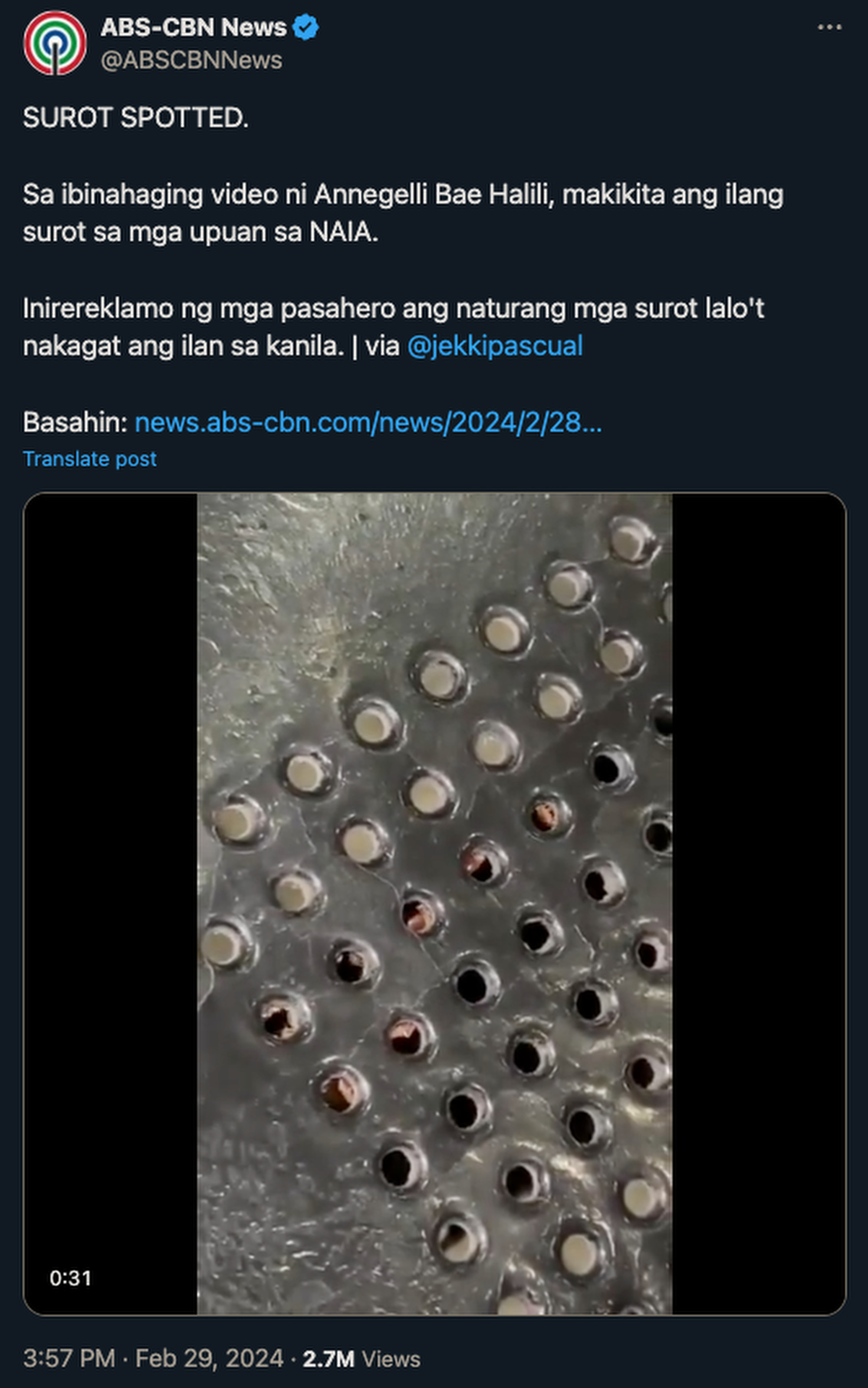
The rats in the video seemed confused and disoriented, as if unfamiliar with the area, another X user said, adding that the whole thing could be a “set-up” to “create a justification for the privatisation of the airport”.
Policymakers also weighed in on a possible pest plot. On March 6, House Assistant Majority Leader congressman Raul Bongalon said the sudden infestation could actually be part of an attempt to “discredit” President Ferdinand Marcos Jnr’s administration.
“This is so unusual, first pests, now rats?” he said in a statement.
“Is it possible for this issue to be used for a destabilisation plot against the present government? It’s possible. That is my take. We should not wait until the tanim-bala scheme returns,” Bongalon added.
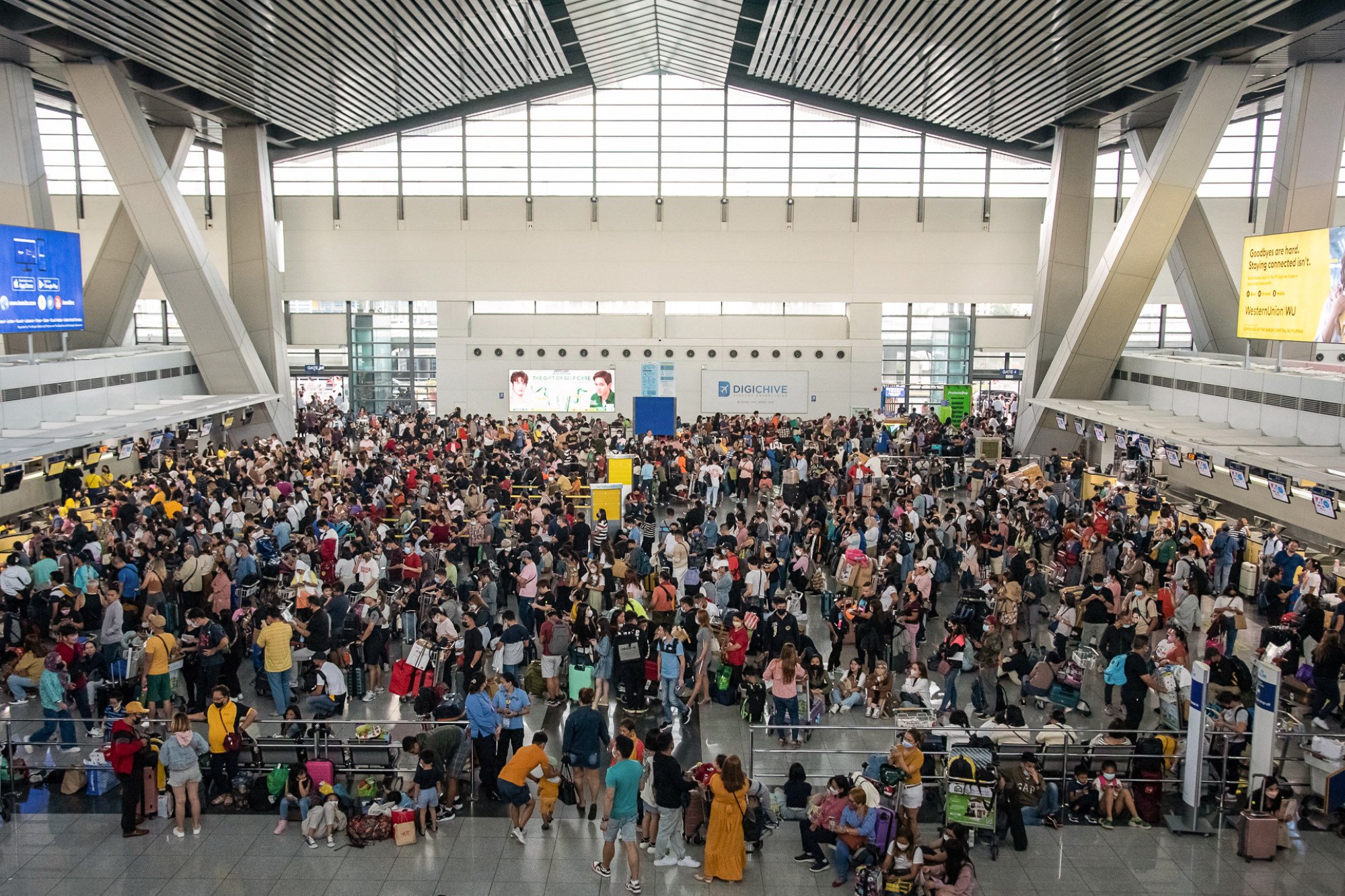
Other X users suspected the sudden infestation could serve as a pretext to change the airport’s name after its privatisation.
Benigno “Ninoy” Aquino Jnr was an opposition leader who in 1983 was murdered upon his arrival at what was then called the Manila International Airport. He was assassinated by military guards, likely on the orders of dictatorial President Ferdinand Marcos Snr. When the dictator was overthrown in 1986 in a largely peaceful “people power” uprising, the airport was named after his victim.
Philippines’ Marcos Jnr ‘rebrands’ family name as he charts ‘progressive’ path
Philippines’ Marcos Jnr ‘rebrands’ family name as he charts ‘progressive’ path
The dictator’s son and the current president, Marcos Jnr, has always denied the human rights abuses and corruption that took place during his father’s regime. Critics say his administration has been attempting to whitewash its history: this February, the national holiday celebrating Marcos Snr’s overthrow was shelved, while several corruption cases filed against the Marcos family were suddenly dismissed. At the same time, Marcos loyalists had been calling for the airport’s name to be changed.
Asked about the conspiracy theories, Consuelo Bungag, officer-in-charge at the public affairs department of the Manila International Airport Authority (MIAA) – the government transport agency that manages NAIA – said, “personally, they seem far-fetched”.
She added that “whatever it is, it is still our obligation to do pest control. We don’t want to be toying with those ideas or conspiracies”.
Bungag told This Week in Asia that MIAA was taking the vermin reports seriously and taking its pest control contractors to task.
![An X user says the pest infestation in Ninoy Aquino International Airport “feels like [a] set-up”. Photo: Handout](https://cdn.i-scmp.com/sites/default/files/d8/images/canvas/2024/03/28/ee5ba1c6-ce07-4e04-8063-583310b9b778_d2c3c5b0.jpg)
Four pest control companies have contracts with NAIA. This Week in Asia contacted the contractor for Terminal 3, Entom, but was told nobody was available to respond until after the holy week holidays.
Asked if there had ever been such an infestation before, Bungag, who has been with MIAA since 1985, said it was not unusual for establishments to have rat visitors.
“The rats come in through the drainage, so it’s difficult to say for certain you have no rats, all establishments do.”
As for the bedbugs, she said the airport’s pest contractors regularly did “deep cleaning” of the chairs, but the cycle took three months to complete. After the pictures emerged on social media, MIAA ordered the removal of all rattan benches, which had been put up to promote local handicrafts.
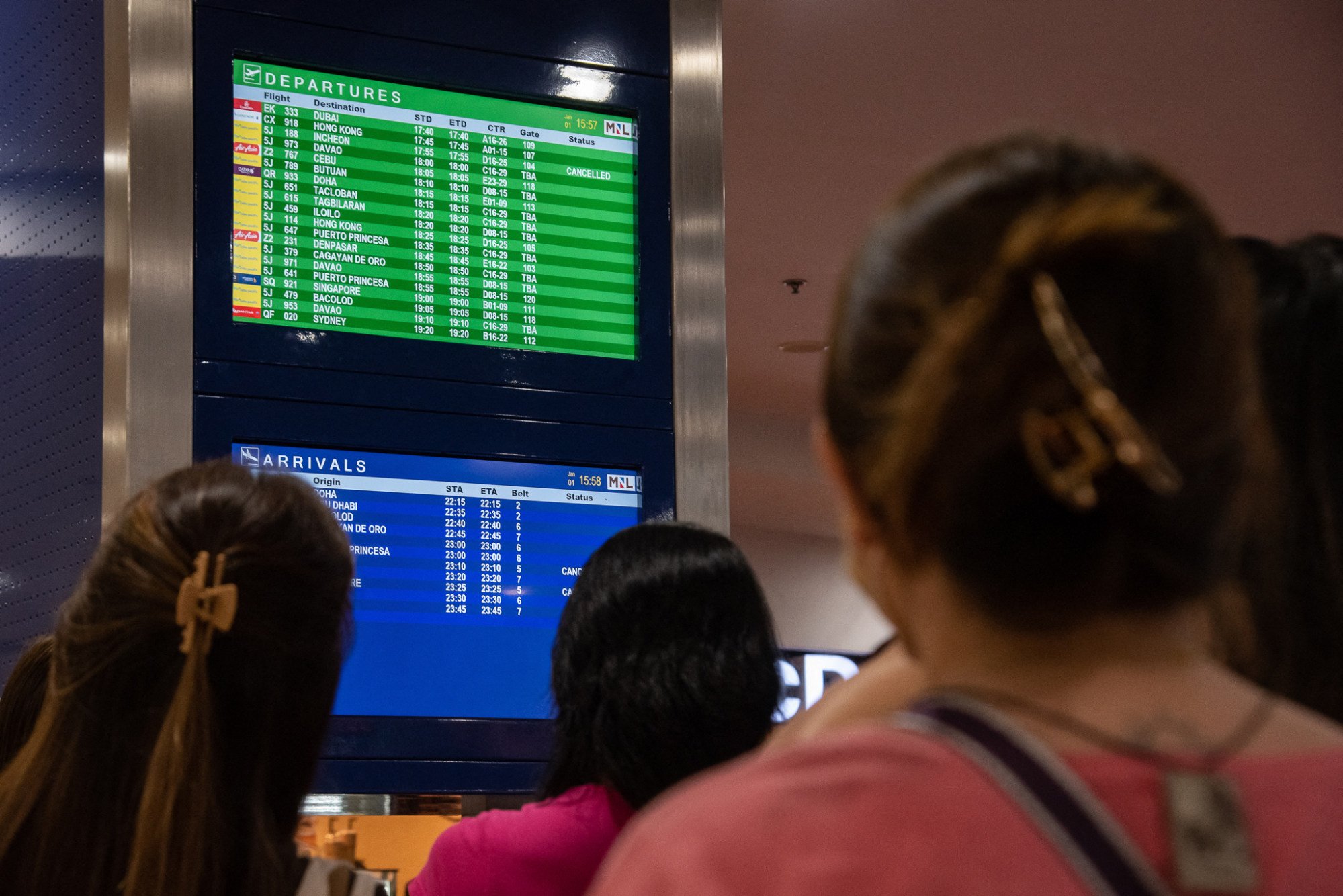
Airport woes
On March 22, SMC president and CEO Ramon Ang told journalists to stop reporting on the vermin issue and other problems plaguing the airport his consortium would soon take over.
“Don’t headline these bugs and rats – you’re just destroying the country’s image.”
Instead, he told reporters he would improve NAIA’s efficiency and revealed his consortium would build an additional terminal.
Ang also said the airport’s name would not be changed because the conglomerate’s focus was on upgrading infrastructure, not playing politics.
But his idea of asking critics to not talk about NAIA’s problems is unlikely to fly very far – there is too much to complain about.
NAIA, which last year handled 45.3 million passengers and 279,935 flights, is a complex of four unconnected terminals that has experienced a host of problems including criminality, corruption, inefficiency, bad planning and defective equipment.
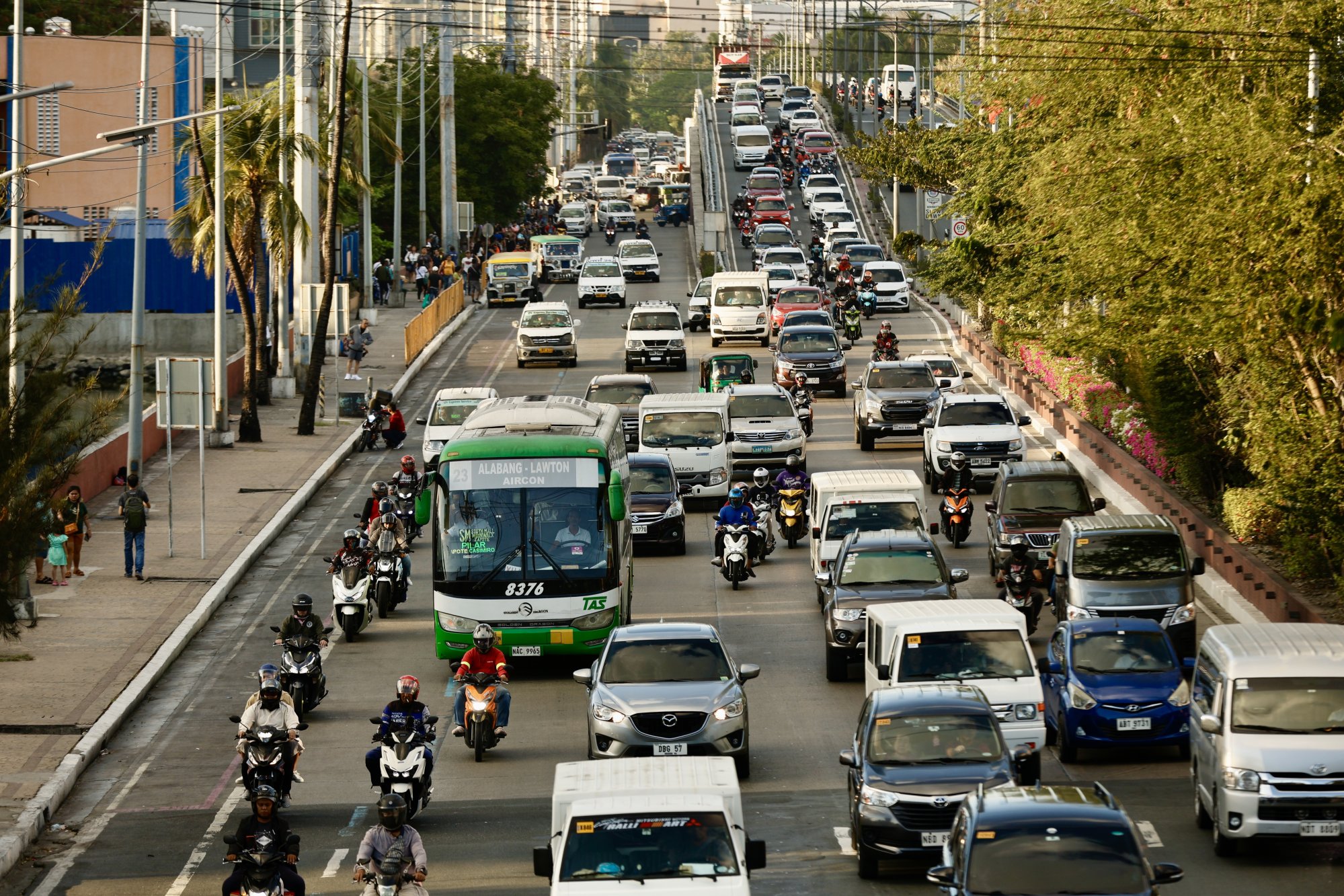
Just in 2023, NAIA saw multiple major power failures and several instances of airport security personnel stealing money from passengers’ bags. The power failure in January last year was especially chaotic, as all flights to and from the Philippines were grounded for one day and flights in other regional countries were also affected.
The power failure bypassed all safeguard systems and took down radars and communications, preventing air controllers in the Philippines from managing any flights at all.
Travellers also routinely face maddening difficulties such as long queues, poor facilities and battling constant heavy traffic to get to the airport.
Alan James Montenegro – president of the Tourism Congress of the Philippines, a private-sector consultative body that assists the government in developing tourism – expressed scepticism that SMC would tame the innumerable issues facing NAIA, in part because it would only be in charge of some parts of its operations.
“People don’t realise how difficult it is to run an airport … [in the case of NAIA] you don’t control every single aspect of the customer journey,” Montenegro told This Week in Asia. “You have porters to deal with, you have security which is under another agency, then you have the people in the check-in counters, they are under a different company.”
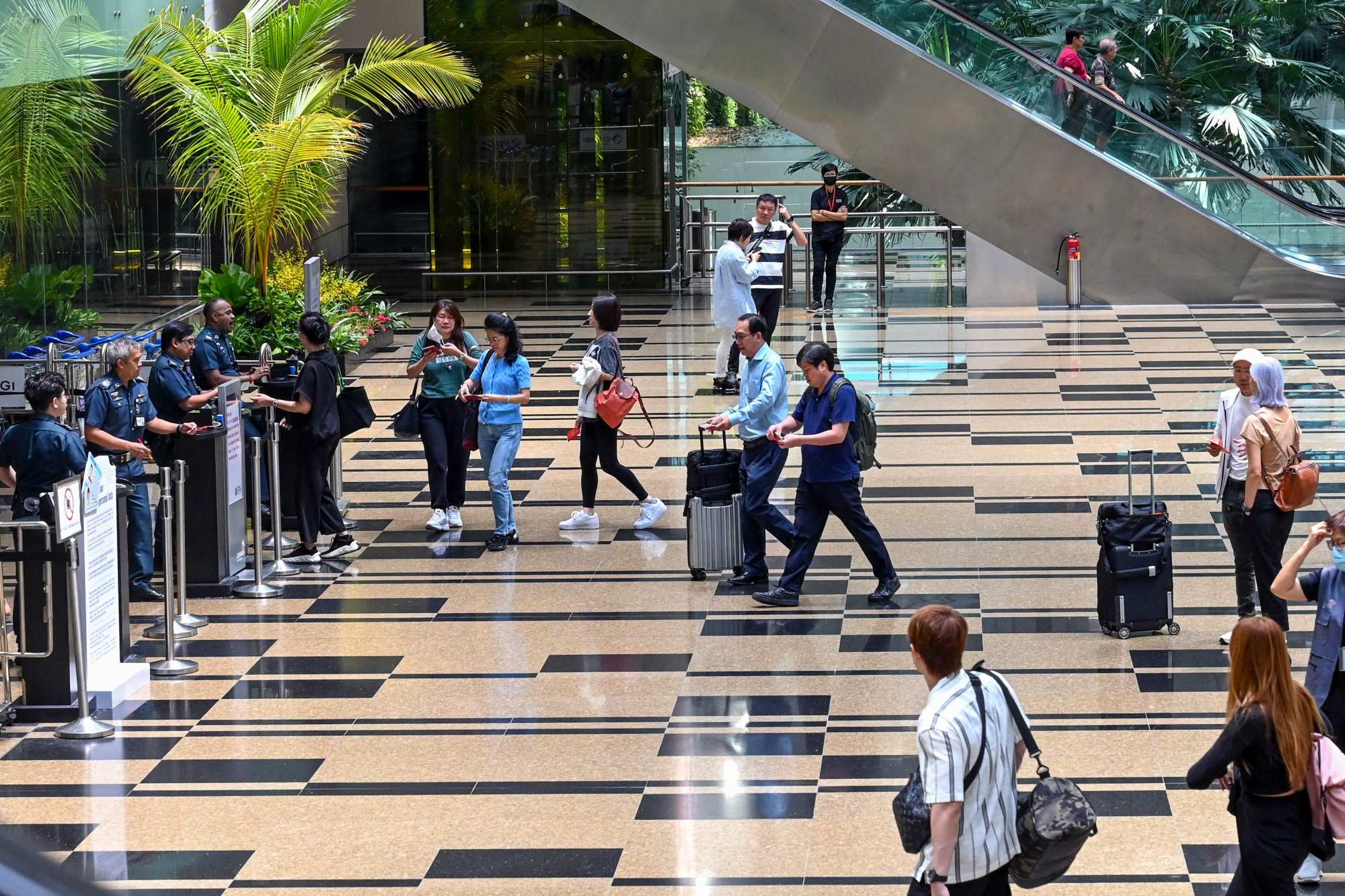
Montenegro cited Singapore’s Changi Airport as one where staff were focused on a “singular goal” in managing operations.
“I don’t think they [NAIA] have a common goal. I think the bigger challenge than building [a new terminal] is for San Miguel to get hold of all those agencies and align all of them in a common goal,” Montenegro said.
“We can have the most beautiful airport but if everybody is not working in harmony, it’s gonna be useless.”

